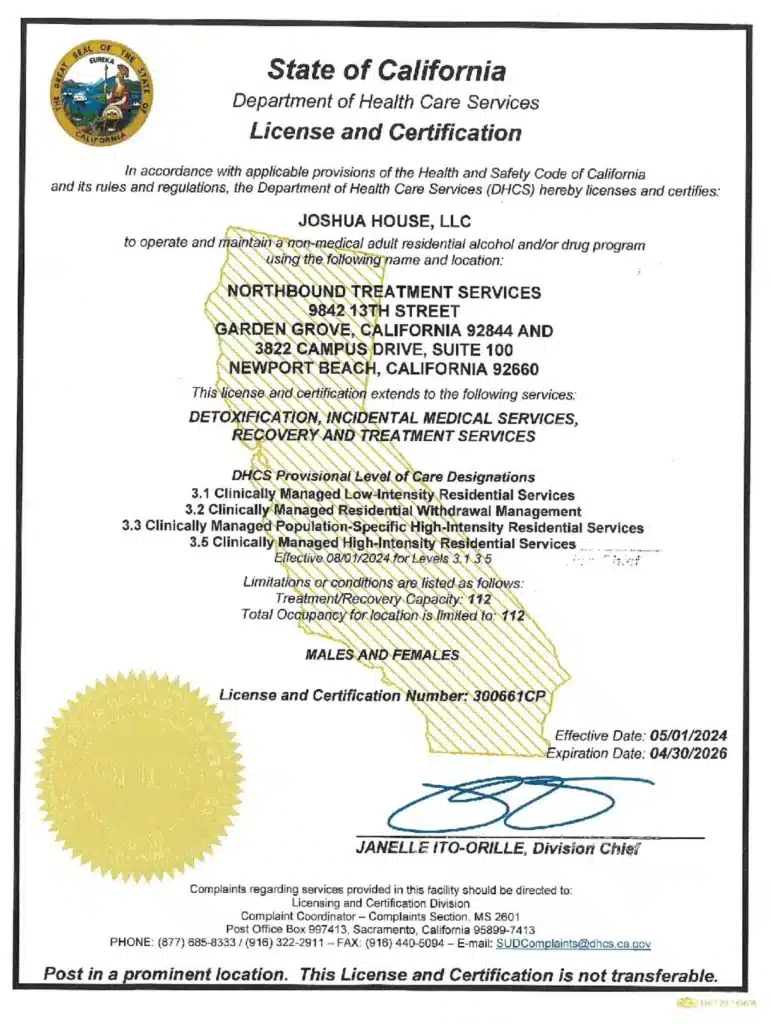About 2.5 million people (0.9% of the U.S. population aged 12+) reported using methamphetamine in the past year according to the 2021 National Survey on Drug Use and Health (NSDUH) [1]. Of these an estimated 1.5 million people had a methamphetamine use disorder.
And in 2022, over 32,000 deaths involved psychostimulants (primarily methamphetamines). Increasingly, meth is mixed with fentanyl, raising overdose risks. Methamphetamine use is disproportionately high in rural areas with limited treatment access.
What Is Methamphetamine?
Methamphetamine (Meth) is a powerful synthetic stimulant. It has high addiction potential. Approved by the FDA for the treatment of attention deficit hyperactivity disorder (ADHD), it is also approved for the short-term treatment of obesity. Classified by the U.S. Drug Enforcement Administration (DEA) as a Schedule II stimulant, its use is legal only through a nonrefillable prescription.
Nonetheless, most methamphetamine is illegally manufactured in labs. It appears as a powder or in crystalline form, commonly called “Tina”, “ice” and “crystal meth”. Most frequently it is smoked, but it can also be snorted, injected, or taken orally or rectally.
Meth use increases alertness, talkativeness and decreased appetite. In the short term, it causes feelings of happiness and well-being. However, long-term use can cause serious health effects, including unintentional overdose. Many of those who die of fentanyl also have meth present in their bodies [2] [3].
Why Is Meth So Addictive? Its Effect on the Brain
Methamphetamine has a dramatic effect on the Central Nervous System (CNS) as a powerful CNS stimulant that is highly addictive. Several areas of the brain are affected:
- Nucleus accumbens: Plays a key role in the reward system, motivation, and decision-making. It’s a key component of the reward pathway, particularly involved in processing pleasurable experiences and motivating behaviors related to those experiences.
- Prefrontal cortex: Responsible for higher-order cognitive functions like decision-making, planning, and personality expression, it acts as a “control center,” managing thoughts, behaviors, and emotions
- Striatum: Plays a role in movement control, reward processing, motivation, and decision-making. It acts as a central hub, integrating information from different brain regions to influence behavior and learning.
With meth use, the neurotransmitters dopamine, norepinephrine and serotonin are released, then blocked from absorption (re-uptake) prolonging its availability. This results in a sense of euphoria.
The primary neurotransmitter that causes the enhanced mood and feelings of pleasure is dopamine. Continued meth use reduces the levels of dopamine in the brain and requires an increase in drug use to obtain the same sensations, with the risk of addiction.
Chronic meth abuse actually changes the user’s brain chemistry. It destroys the wiring in the brain’s pleasure centers and the dopamine system, making it increasingly impossible to experience any pleasure at all. There are many other short-and long-term effects of prolonged meth use including [4]:
- Reduced motor speed
- Emotion
- Reward
- Memory
- Cognitive skills
- Impaired verbal learning
How Long Does Meth Stay in Your System?
Methamphetamine can be detected in your system for varying lengths of time [5].
General Timeline of Detoxification
How Long Does Meth Stay in Your Blood System?
- 1–3 days after use
How Long Does Meth Stay in Urine?
- 2–4 days after use (up to 7 days for heavy/chronic users)
How Long Does Meth Stay in Saliva?
- 1–4 days after use (often only within the first 24 hours for moderate use)
How Long Does Meth Stay in Hair?
- Up to 90 days after use
Factors Influencing Duration of Meth in the System
The duration depends on the type of drug test, frequency of use, and individual factors such as metabolism, age, and organ function.
Metabolism differences among Individuals
- Liver and Kidney Function: Faster metabolism clears meth more quickly.
- Age: Younger individuals generally metabolize drugs faster than older adults.
- Body Mass and Fat Percentage: Meth is water-soluble, but body composition can still affect elimination rates.
- Genetics: Some people metabolize drugs faster due to enzyme variations (e.g., CYP2D6 enzyme activity).
Dosage and Frequency of Use
Higher doses take longer to clear from the body. Chronic users may accumulate meth in their system, leading to longer detection times compared to first-time or occasional users.
Purity and Method of Consumption
- Purity: Adulterants or cutting agents may affect metabolism.
- Smoking/Injecting: Faster absorption and elimination.
- Oral/Snorting: Slower absorption, but may stay detectable longer.
- Hydration and pH Levels: More acidic urine can increase excretion rates.
- Overall Health: Illness, liver disease, or kidney impairment can slow metabolism.
Help for Meth Addiction in Southern California
For more than 30 years, Northbound Treatment Services in California has been at the forefront of providing lifesaving, compassionate residential care and specialized services to help people from all walks of life feel better, discover themselves, and live free from addiction. We have facilities throughout California, including our Newport Beach drug rehab. Reach out to our admissions team now.

Sources
[1] 2021 National Survey on Drug Use and Health (NSDUH) Releases.
[2] National Institute on Drug Abuse (NIDA). Methamphetamine.
[3] PBS Frontline. How Meth Destroys the Body.
[4] Methamphetamine: Implications for the Dental Team. Dentalcare.com
[5] Moeller, Karen E. et al. 2008. Urine Drug Screening: Practical Guide for Clinicians. Mayo Clinic Proceedings, Volume 83, Issue 1, 66 – 76
Author
-

Program Director
Amanda has been working in the behavioral healthcare field since 2011. During her career, she worked her way through various positions in behavioral healthcare and finally earned a position as a program director over 10 years ago. Amanda initially graduated with her license in vocational nursing and an associate degree with completed certifications in substance use and abuse. Amanda has continued on in her education, and she obtained her bachelor’s degree in the science of nursing obtaining a BSN, and her RN licensure. With a primary background in nursing and medical care, and a proven track record in leadership positions in Behavioral Healthcare, Amanda is the perfect person to manage the daily medical and clinical services of a healthcare treatment facility.
As the Executive Director of Northbound, she utilizes her personal recovery experience coupled with her professional experience to oversee the clinical, medical, and the overall operational function of the organization. She believes that above all else the quality of client care should be the top priority for all the employees at Northbound. She pushes clients to find passion in recovery and to gain meaningful and impactful messages in the group programming to provide lasting recovery.
Amanda has a 17-year-old son. She has a passion for fitness and enjoys Rock Climbing and backpacking in her free time. Her passion for the outdoors plays a major role in her content creation in the daily programming for the schedule at Northbound.








